Popular games for platform WonderSwan Color
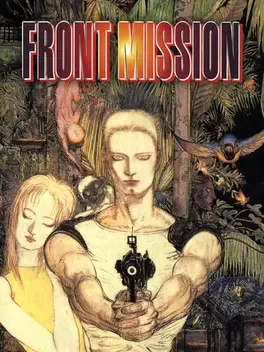
Front Mission is the first main entry and the first entry overall in the Front Mission series. Front Mission is part of a serialized storyline that follows the stories of various characters and their struggles involving mecha known as wanzers.
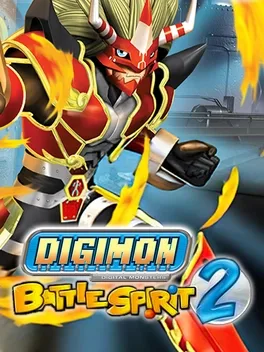
It is a sequel to Digimon: Battle Spirit. You can battle with the characters from the Digimon Frontier anime series. Developed by Dimps.
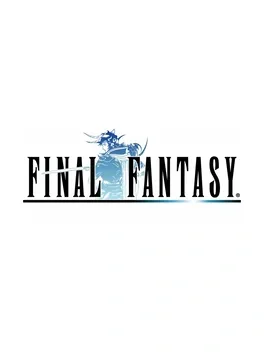
The WonderSwan release of FINAL FANTASY contained is a remake of the original game, using higher quality MIDI, cleaner 32-bit graphics and featuring new scenes that further expand the details of the story. This enhanced release would eventually see release in the west as part of the FINAL FANTASY ORIGINS collection.
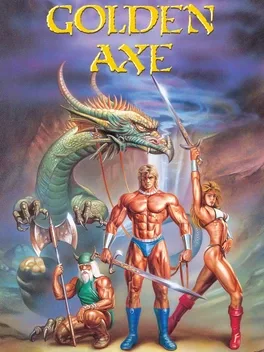
Progress is made through the game by fighting through Death Adder's henchmen, including men armed with clubs and maces, skeleton warriors, and knights. Players are able to attack using their weapon, jump and cast spells that hurt all enemies on the screen. The force of this magic depends on the number of "bars" of magic power currently available. The bars are filled by collecting blue 'magic potions' attained by kicking little sprites who then drop the potions. These sprites appear during regular levels and during bonus stages in between levels. The male warrior Ax is able to cast earth spells. The dwarf Gilius, casts lightning spells and the female warrior Tyris casts fire magic. Each character has a different number of maximum magic bars and varying ranges of attack. Various steeds known as bizarrians are found in the game. These can be ridden when the enemy rider is knocked off, or if one is found dormant. The least powerful steed is known as the Cockatrice, which can be used to knock down enemies with a swipe of its tail. The more powerful dragon, which can either shoot fireballs or breathe fire, is found later in the game.
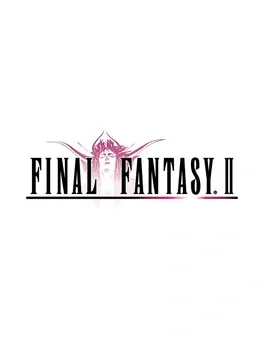
The WonderSwan Color version of Final Fantasy II included completely redone graphics in the manner of the 16-bit generation Final Fantasy games and includes larger character sprites, remixed music by Tsuyoshi Sekito, and full graphical backgrounds in battle mode. It is from this base that the international version of Final Fantasy II began to take shape.
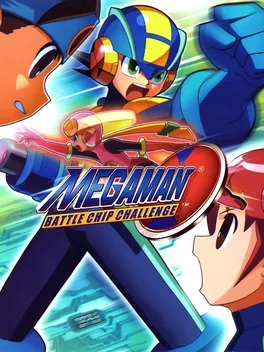
Bring it On... Rise to the Challenge! Face off against your opponents. Earn new battle chips and power 'em up! Test your skills in cool new battle scenes and prepare for the ultimate battle for "Net Domination" in the Battle Chip Grand Prix. Choose familiar characters from the Battle Network universe—including Mega Man and Guts Man, meet an all new Net-Navi character, and render shots, sword maneuvers and specialized moves with your Battle Chips. Released in Japan as Rockman EXE Battle Chip GP, Mega Man Battle Chip Challenge supports combat for two players via link-up.
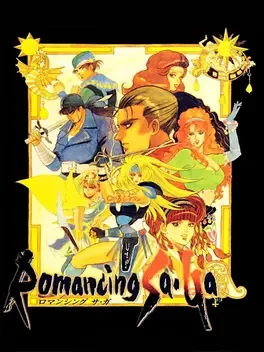
A thousand years ago, Saruin was imprisoned. Now the barriers that contain him are weakening, and his foreboding shadow threatens to swallow the world of Mardias once again. Who will rid the world of Saruin's scourge? A mysterious minstrel appears and guides the group to adventure, at times shielding them from adversity. Occasionally, the minstrel forces grave choices upon them, which change their world and twist the plots they encounter. Romancing SaGa reclaims the renowned features of the series and boasts all new elements enhancing gameplay, bringing the player even deeper into the story. The free-roaming scenario system gives gamers a choice of eight intriguing playable characters, each with their own unique adventures and individual goals. Depending on the character and actions chosen, the plot and the subsequent events differentiate dramatically. This free-roaming scenario system promises the ultimate in open-ended adventure.
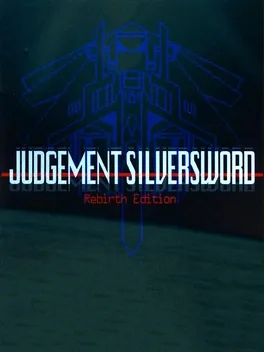
Judgement Silversword has the unique distinction of being one of the few shooting games designed for a handheld console, and it's also one of the best! Destroying enemies as quickly as possible is essential to scoring in Judgement Silversword, giving the game a ruthless tempo.
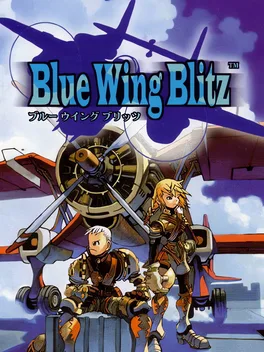
Blue Wing Blitz is a traditional turn-based tactical role-playing game, although it has the particularity of involving mostly aerial warfare units. These are moved on a grid map, and an encounter with an enemy unit opens a separate, close-up combat screen in which up to two ally units and two enemy units engage in a short dogfight; the player using menu commands to attack, change altitude or take evasive maneuvers.
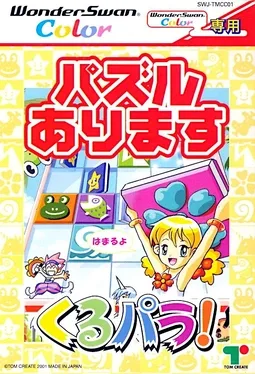
Kurupara! is a Puzzle game, developed and published by Tom Create, which was released in Japan in 2001.
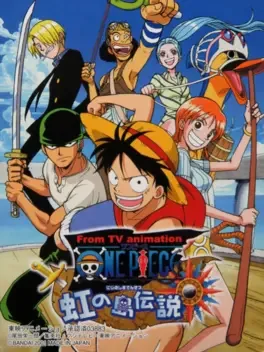
An action and role-playing game for the Wonderswan Color developed and published by Bandai in 2001.
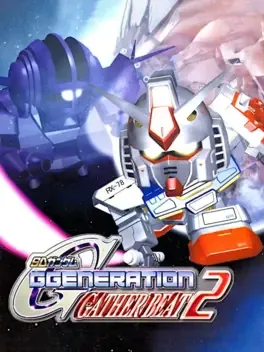
SD Gundam G Generation: Gather Beat 2 is a Strategy game, developed by Vanguard Works and published by Bandai, which was released in Japan in 2001.
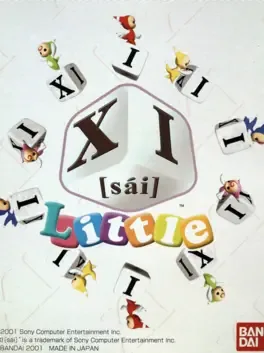
XI (sai) Little is a Puzzle game, developed by MBI and published by Bandai, which was released in Japan in 2001.
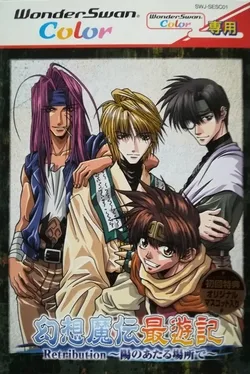
Gensou Maden Saiyuuki Retribution: Hi no Ataru Basho De is a Role-Playing game, developed by PicPac-Airreal and published by Mubik, which was released in Japan in 2001.
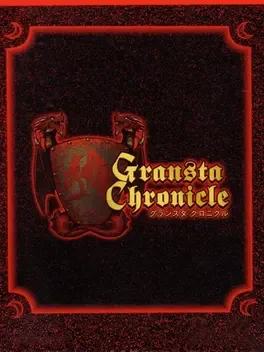
Gransta Chronicle is a Role-Playing game, developed by Tom Create and published by Omega Micott, which was released in Japan in 2002.
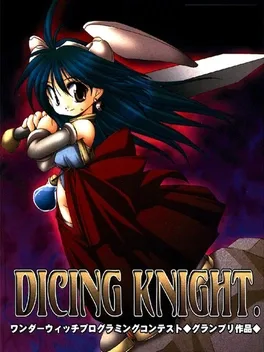
DicingKnight. is a 2004 role-playing video game for the Bandai WonderSwan Color. DicingKnight. was one of the last WonderSwan games to be released, alongside Judgement Silversword, both winners in the WonderWitch development contest. The game makes use of all of the WonderSwan's buttons, with A and B allowing the player to use the sword and shield weapons at all times. In addition, the players can assign items to their inventory using the Y buttons. There was also another version released called Dicing Knight Legion, only for the WonderWitch development system.
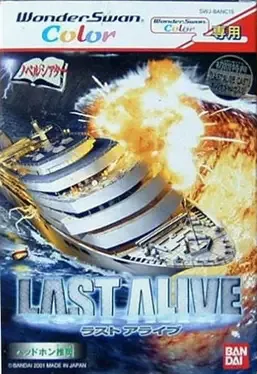
Last Alive is an Adventure game, developed and published by Bandai, which was released in Japan in 2001.
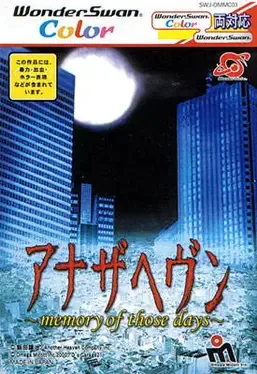
Another Heaven: Memory of Those Days is an Adventure game, developed and published by Omega Micott, which was released in Japan in 2000.
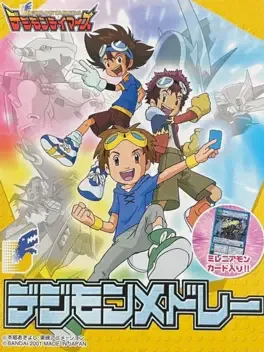
Digimon Medley is based on the popular manga and and anime series Digimon, in which ordinary Japanese children find a way into a digital world, where they help good digital monsters fight against evil ones. The game is not directly plot-related to Digimon Adventure or Digimon Tamers: Brave Tamer games. Instead, it follows more closely the actual episodes of the series.
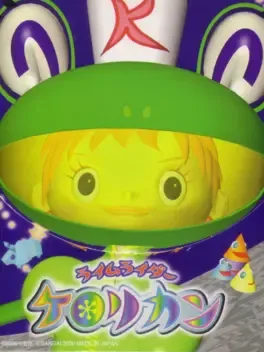
Rhyme Rider Kerorican is a music video game in the style of Vib-Ribbon, an earlier game developed by the same studio. The game's plot is quite simple involving the adventures of Kerorican, a female astronaut wearing kemonomimi-style frog-helmet, as she walks along accompanied by jazzy techno music. As Kerorican continues her walk, she encounters more and more enemies and obstacles. Kerorican must jump, duck, kick aside, or otherwise dodge these obstacles to progress and as she does so, the actions she takes add notes to the song such that the player's actions results in a generative melody. By successfully clearing strings of obstacles, Kerorican's combo count increases and this can result in a reward to the player of a crown that acts to skip the player over obstacles. This game is played with the WonderSwan Color held diagonally, the only game on the system to do so. This is why all text in the game is oblique. The game has been criticized for difficulty of gameplay as timing and tricky button combinations often result in the player's death. The game also only contains 4 levels so replayability-value has also been considered a negative factor.
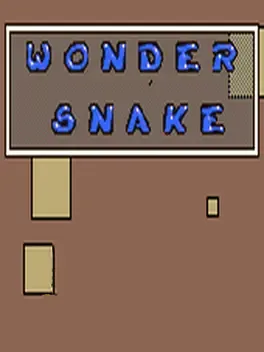
A homebrew version of Snake developer for the Wonderswan Color.
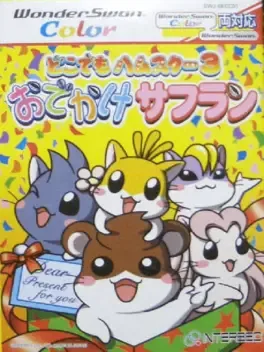
This is the third in Bandai's "hamster simulation" series. In this game, you are the "master" of a hamster. The game flows in real time, but you can interfere and perform various actions. The hamster has its own room in a house, with a table and a wheel. There are many things you can do with the hamster. You can take in to a stroll in the forest, go shopping with it, make it play with a ball, and so on. You can also perform actions unrelated to the hamster, like re-decorating the house or writing and painting on a piece of paper. The game features a point-and-click interface: you move your cursor over an object (such as hamster or calendar), which brings up an action menu.
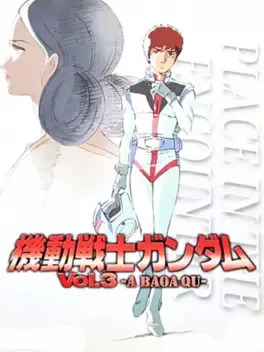
Kidou Senshi Gundam Vol. 3 is a Strategy game, developed and published by Bandai, which was released in Japan in 2002.

Kidou Senshi Gundam Vol. 1 Side7 is a Strategy game, developed by iNPLAS and published by Bandai, which was released in Japan in 2001.